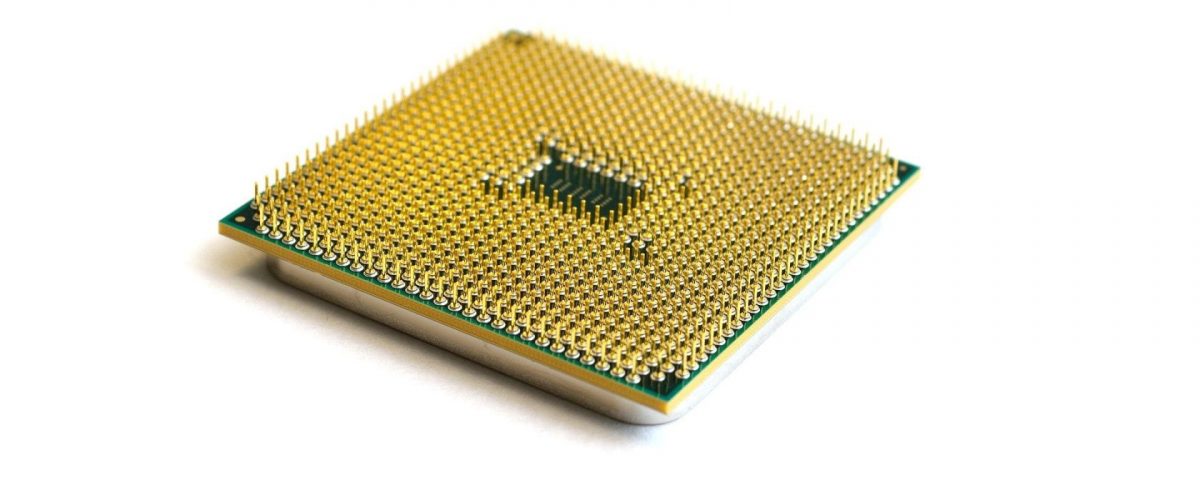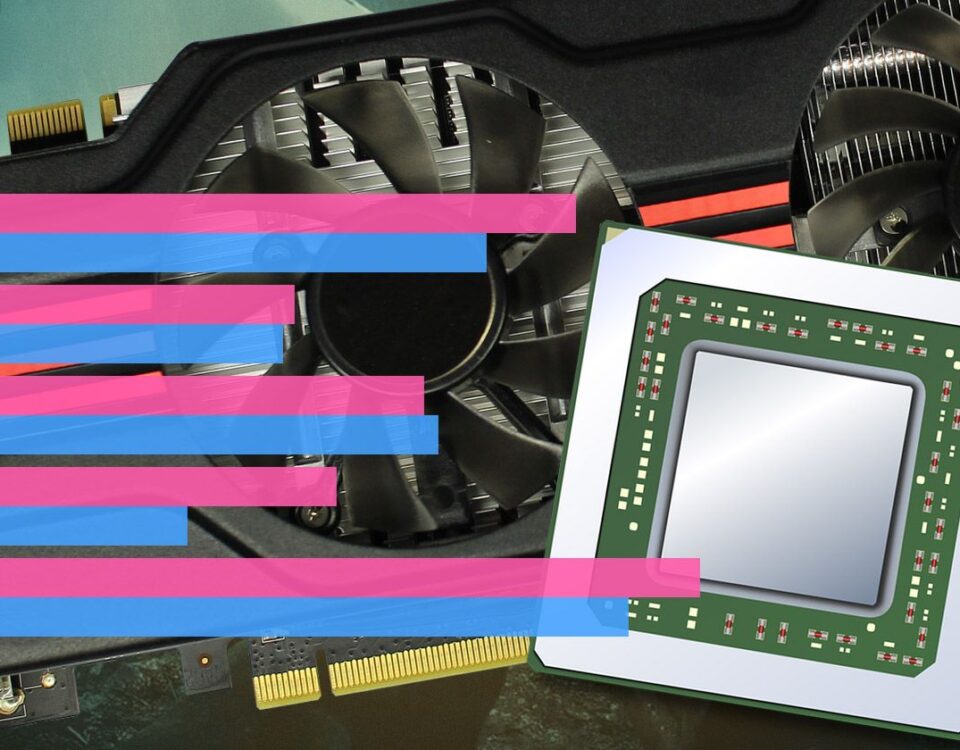
The 5 Best Rescue & Recovery Disks for Windows System Restore
1 julio, 2021
How to Clean Out Dust From Your MacBook or iMac
2 julio, 2021How Are RISC and CISC CPUs Different?

¿Cómo se diferencian las CPU RISC y CISC?
If you are a tech enthusiast, you might have heard the words Reduced Instruction Set Computer (RISC) and Complex Instruction Set Computer (CISC). And if you happen to know a fair bit about computers, you might also know that these terms refer to different ways to design a processor.
For instance, the ARM processor in your phone has a RISC architecture. In contrast, the x86 processor in your computer has a CISC design.
But what is the difference between RISC and CISC? Let’s delve a little deeper and find out.
What Is an Instruction Set?
Whenever talking about different central processing unit (CPU) designs, one of the things we have to talk about is the instruction set.
The instruction set of a CPU is the set of operations that a CPU can perform natively. These are the operations that are encoded in the CPU on a hardware level. This set can contain anywhere from a few to thousands of instructions, depending upon the CPU design.
In other words, a CPU can’t perform any operation that is outside of its instruction set, because it doesn’t have the hardware for it.
Let’s use an analogy to understand this better. Take the example of a light bulb. The manufacturer of a lightbulb has designed the bulb to convert electricity into light. And a light bulb can do this because the hardware supports it natively.
In essence, a lightbulb can only convert electricity into light and nothing else.
Similarly, the instruction set of a CPU is the set of operations that the hardware of the CPU enables. For instance, almost all CPUs have a “Move” instruction in their instruction set. The “Move” instruction takes some data from a source storage space and moves it to a destination storage space.
Whenever a CPU needs to move some data, it knows exactly how to do it because the hardware has been designed around it.
In short, an instruction set contains all those operations that a CPU supports on a hardware level.
How Does a CPU Work?
A CPU is a maze of electrical circuits. These electrical circuits are designed in a certain way to give the CPU its native instruction set. So, it only knows how to perform the operations in an instruction set, as it has the circuitry to do this.
To make the CPU perform a certain operation, the circuitry corresponding to that operation is triggered through an electrical signal. And once a circuit is triggered, the CPU performs the routine associated with that circuit.
To make the CPU perform complex operations like send a tweet, software programs fire millions of electrical signals every second, each targeting a specific instruction from the instruction set of the CPU.
This is where the concept of the RIS and CIS comes in.
What Is RISC?
As the name suggests, a RISC-based CPU has a simplified set of operations. These simplified instructions achieve simple goals and only take one cycle to complete.
And because RISC has simple instructions, the CPU doesn’t need to have complex circuitry to perform these instructions. This is also why RISC designs are, hardware-wise, cheaper to implement.
To understand a RISC CPU in more detail, let’s look at the design principles of RISC-based CPUs.
First, RISC CPUs complete each instruction in a single cycle.
Secondly, RISC CPUs only perform operations on data stored in registers. This is because one of the main bottlenecks to a CPU’s ability to accomplish tasks is the huge mismatch between CPU speed and the main memory speed. The main memory is super slow compared to a CPU.
So, if a CPU has to use data stored in the main memory, it will bottleneck the unit and the process would be slow. In a RISC design, the data is loaded and stored in the registers on the CPU, because the registers are much closer to CPU speed than the main memory.
Thirdly, RISC instructions are simple enough that there is no layer of interpretive microcode to translate the instructions into simpler forms.
And finally, RISC designs support pipelining to execute parts of multiple instructions at the same time. Because RISC design CPUs have higher clock speeds, they are exceptionally fast. Pipelining is a way to take advantage of this speed and execute parts of multiple instructions for added efficiency.
Long story short, RISC CPUs have simple instructions, higher clock speeds, efficient pipelining structure, load-store operation on the registers, and can execute instructions in one cycle.
What Is CISC?
The CISC is the opposite of RISC in almost all key areas. Almost all desktop chips have a CISC design.
First, CISC design instructions are complex and, therefore, require a layer of microcode to translate into simplex instructions.
Secondly, CISC instructions can take multiple CPU cycles to execute.
Third of all, pipelining is not as efficient in CISC and it is even harder to implement because of the complex nature of CISC instructions.
In short, CPUs with CISC architecture can perform a lot of operations in one complex instruction. But the instruction takes multiple cycles to complete, is harder to use in pipelining, and it requires a lot of circuitry on the CPU.
RISC vs. CISC: Key Differences
The main difference between RISC and CISC is the type of instructions they execute.
RISC instructions are simple, perform only one operation, and a CPU can execute them in one cycle.
CISC instructions, on the other hand, pack in a bunch of operations. So, the CPU can’t execute them in one cycle.
Instructions are also the reason why RISC CPUs support pipelining from the get-go and CISC CPUs have a harder time with it. With RISC, the instructions are simple enough that they can be executed in parts. This is harder to do with CISC due to the complex nature of the instructions.
Next, unlike RISC, CISC instructions can work directly from the RAM. So, there is no need to perform separate load/store operations in CISC design.
Finally, the hardware requirements for a CISC design are higher than that for a RISC design, since CISC requires complex instructions to be built into the CPU hardware. Essentially, what CISC achieves with hardware, RISC aims to achieve with the software.
This is why programs targeting a CISC architecture have fewer lines of code because instructions themselves handle many operations.
There Are Advantages and Disadvantages to Both RISC and CISC
No modern processor is based entirely on either RISC or CISC. Modern processors incorporate the design philosophies of both architectures to achieve the best of both worlds. For instance, the x86 architecture that AMD uses is primarily CISC but has a microcode to convert complex instructions into simple RISC-like reduced instructions.
So, unlike the processors of the past century, modern CPUs have evolved beyond a simple RISC or CISC classification.
Read Next
About The Author






